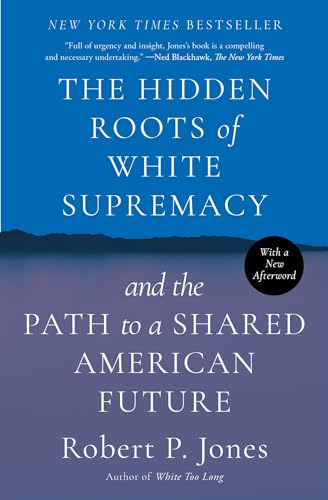What do you think?
Rate this book


416 pages, Paperback
First published September 5, 2023
Upstream from the stories of violence toward African Americans, in all three communities, were the legacies of genocide and removal of the land's Indigenous peoples. Each of these communities-one in the heart of the South, one in the North, and one in the West has a history of brutal exploitation of and violence toward the Indigenous people who were the original inhabitants of their region.The underlying motivation for this violence comes from the same source—self-assured assumptions of White (i.e. European origin) superiority. Thus this book suggests that 1493 is a better White superiority origin date than that suggested by the 1619 Project because that is the date of the edict of Pope Alexander VI that delineated the Doctrine of Discovery.
"For reflections on the Doctrine of Discovery from a somewhat narrow and at times defensive evangelical Christian perspective, see the recent work of Mark Charles (Dine) and Soong-Chan Rah. While they denounce the Doctrine of Discovery, their commitment to defending a version of evangelical Christianity leads them to turn the term "colonization" into a metaphor as well as some tortured conclusions, such as the claim that legal abortion is "furthering colonialism." Mark Charles and Soong-Chan Rah, Unsettling Truths: The Ongoing, Dehumamzing Legacy of the Doctrine of Discovery (Downers Grove, IL: IVP, 2019), 94."